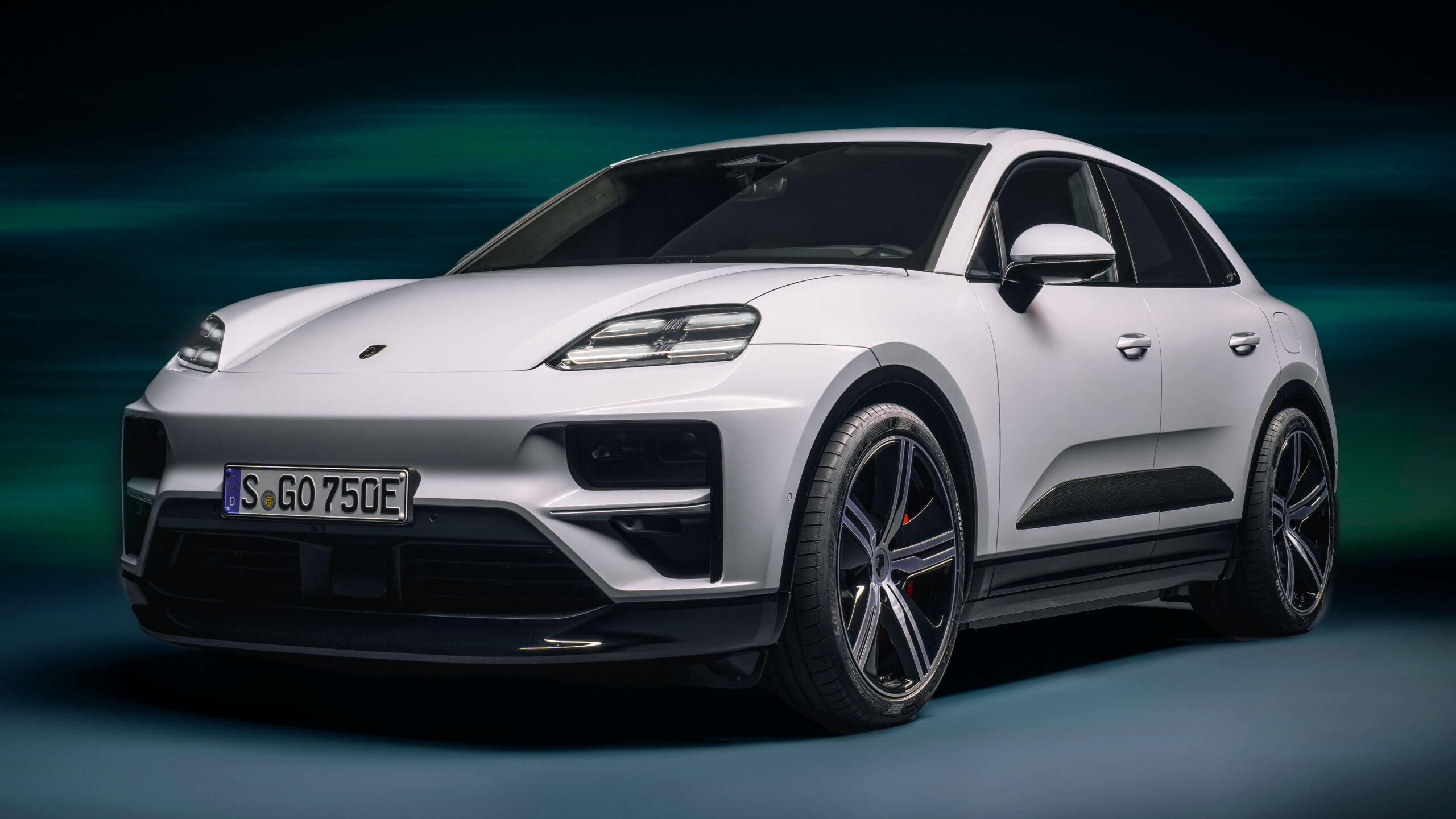The electrification of the automotive industry has taken center stage, and at the forefront is the much-anticipated all-electric Porsche Macan EV. As consumers increasingly gravitate toward electric vehicles (EVs), understanding the intricacies of EV charging systems is crucial. A pivotal question that arises in this context is: will the Macan EV utilize the North American Charging Standard (NACS) or the J1772 charging standard? This inquiry has major implications for potential owners regarding compatibility, charging station availability, and charging times.
To navigate this topic effectively, one must first understand the fundamental differences between NACS and J1772. NACS, initially popularized by Tesla, is a connector system designed to optimize fast charging capabilities specifically for Tesla vehicles. In contrast, J1772 is a more universally accepted standard used across a plethora of automotive brands, allowing for greater accessibility to charging stations. The widespread adoption of J1772 makes it a solid choice for manufacturers looking to cater to a diverse EV market.
When evaluating the Macan EV, several factors come into play that influence the choice between NACS and J1772. Key considerations include charging station infrastructure, industry trends, and consumer expectations. The growing network of electric charging stations utilizing J1772 connectors presents a major advantage in favor of adopting this standard. With an increasing number of public charging points across North America equipped with J1772 capabilities, compatibility with this standard would substantially ease the transition for new Macan EV owners.
Conversely, the allure of NACS lies in Tesla’s extensive Supercharger network, which offers renowned fast charging speeds. As Tesla continues to expand its Supercharger stations across the globe, the potential for adoption of NACS in the Macan EV sparks intrigue. A vehicle equipped with the NACS would enable drivers to access Tesla’s fast-charging infrastructure, granting them the opportunity to recharge their vehicles quickly, even on lengthy road trips.
While speculations abound, it’s important to examine how the evolving landscape of charging infrastructure might sway Porsche’s decision. The popularity of the J1772 standard has led many non-Tesla manufacturers to build their charging networks around this connector type. Therefore, if the Macan EV were to adopt J1772, it would seamlessly integrate into this broader ecosystem, affording drivers peace of mind regarding charging accessibility.
The Macan EV’s charge times are also an essential element of the discussion. With rapid advancements in battery technology, the capabilities of electric charging systems have also surged. If the Macan EV opts for J1772, it’s crucial to push for higher amperage stations to allow for faster charging times, complementing the vehicle’s performance profile. On the other hand, a switch to NACS could potentially streamline the charging process, making it possible for owners to take advantage of Tesla’s high-speed charging stations, which may outperform traditional J1772 stations.
As charging technologies continue to evolve, incorporating solutions like Level 2 and DC Fast Charging becomes imperative. Level 2 charging, which typically employs J1772, allows for charging at home or public facilities, providing overnight replenishments for daily driving. On the other hand, DC Fast Charging, currently dominated by NACS stations, focuses on minimizing stops during longer journeys. As such, the choice of connector not only affects day-to-day convenience but also impacts the overall driver experience on diverse travel routes.
A potential transition to NACS in the Macan EV could also represent a pivotal moment for Porsche as a brand. Embracing Tesla’s standard may underscore a commitment to innovation and performance, aligning with the brand’s image as a front-runner in automotive technology. This move could open avenues for exciting collaborations with Tesla, further enhancing the Macan EV’s appeal to tech-savvy consumers.
Moreover, adopting NACS may prompt competitive advantages, positioning the Macan EV as a desirable option amongst electric SUVs. However, by holding steadfast to J1772, Porsche may illustrate its dedication to inclusivity, tapping into a broader consumer base who expect compatibility with existing charging infrastructure.
In the realm of user experience, the integration of intuitive software apps would further enhance how drivers of the Macan EV connect to charging stations. Whether equipped with J1772 or NACS, a complementary app could seamlessly inform users about nearby charging locations, availability, and real-time charging speeds. This additional layer of convenience could influence purchasing decisions, as ease of access becomes paramount in attracting a diverse base of consumers.
Ultimately, the choice between NACS and J1772 hinges on a multitude of factors that collectively shape the user experience. As the electric vehicle market continues to proliferate with new entrants and innovations, manufacturers like Porsche must carefully evaluate how their decisions resonate with their customers. Will they prioritize fast charging capabilities and Tesla compatibility, or will they opt for a more universal approach that caters to the wider charging network? The decision that Porsche makes will undoubtedly influence not just the Macan EV’s market reception, but also its place within the evolving landscape of electric vehicles.
As the unveiling of the Macan EV approaches, enthusiasts and potential owners await clarity on these pressing questions. Whichever path Porsche chooses, the excitement surrounding the Macan EV underscores a pivotal moment in automotive history, blending innovation with sustainability, and ushering in a new era for electric SUVs.
